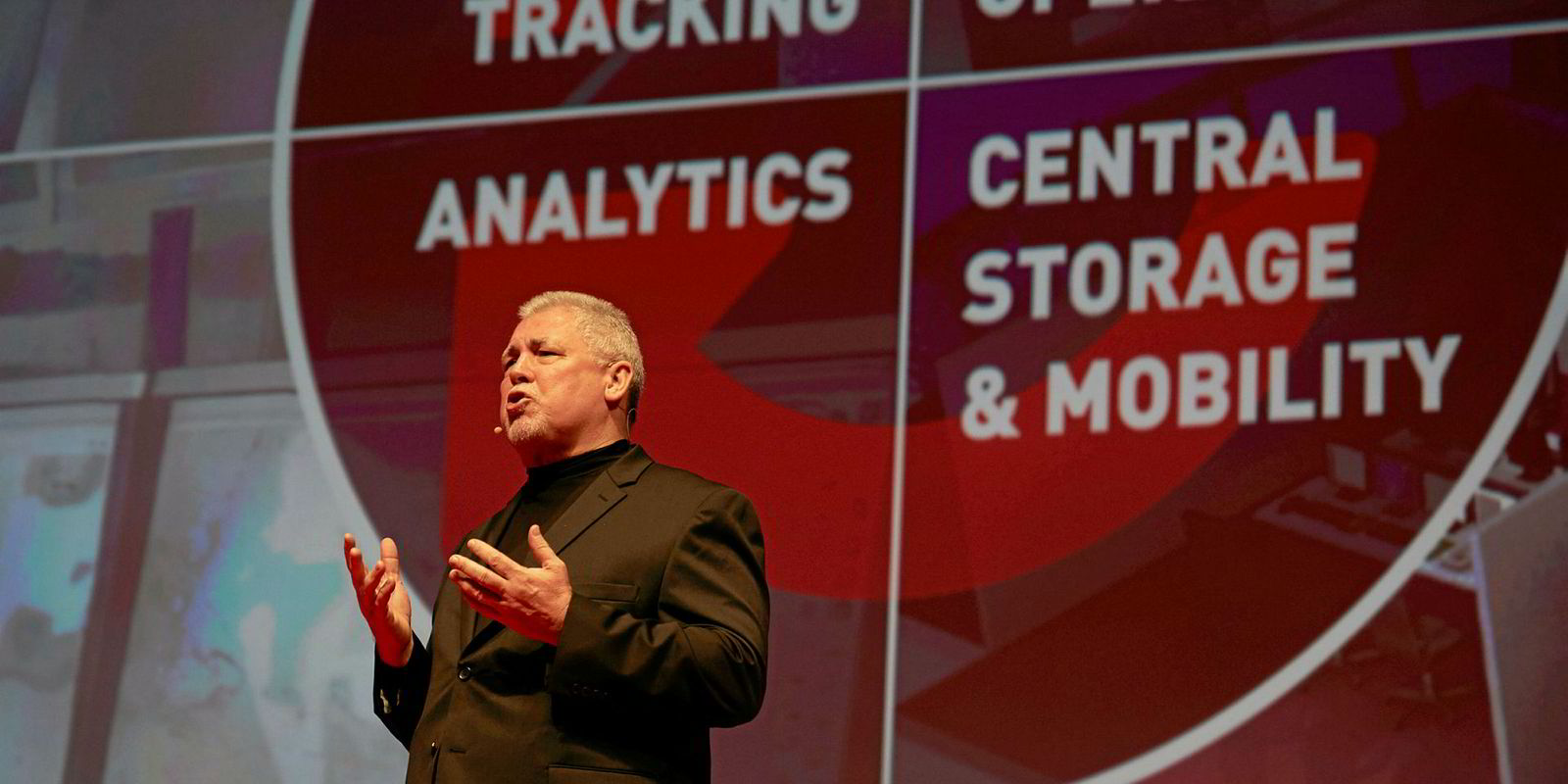Fritz Heidenreich says the bulk cargo side of shipping works extremely well and there is no need to automate it online.
The founder and president of Connecticut-based information technology provider Q88, one of the survivors of the dot.com boom, says: “If I thought I could create an online [chartering] platform for the industry, I probably would have done it already.
If I thought I could create an online [chartering] platform for the industry, I probably would have done it already
Fritz Heidenreich
“I don’t believe in it — it is wasted resources — a failed project as far as I am concerned. I think the market on the bulk side (dry and wet) is working extremely well.”
Creating problems
Heidenreich, whose Q88 instead offers various vetting, reporting and commercial management solutions, reflects on a presentation in New York City during the LevelSeas’ era when it was stated there were 300 entities “trying to solve the big problems of our industry”.
He says: “Almost all of them have gone. They have all tried to solve a problem when ultimately there is no problem.”
Heidenreich says using brokers in transactions means paying commissions but “they are serving a very unique purpose in our industry”.
He adds that the number of annual shipping transactions, albeit in the tens of thousands, is relatively small and are based on relationships and partner trust — it does not warrant a platform to improve efficiency.
Vessels are not commodities like the cargoes they carry, Heidenreich stresses.

Substantial value can be unlocked when users are empowered to share selective information and work collaboratively
Fritz Heidenreich
“Every ship is different, every ship has to go through a huge vetting process. To automate all that online, I am not sure how you make it happen,” he says.
“I think one of the reasons LevelSeas didn’t work was that they tried to change the entire industry and get rid of the brokers.”
Organic approach
LevelSeas may have made progress, he adds, if it had adopted a more organic approach focused on firstly a specific part of the market.
“They definitely had the right players involved, so it wasn’t a lack of market interest,” says Heidenreich. “It was just the wrong approach.”
A container industry platform that includes the land transport element would, however, “make a huge amount of sense”, given potentially 14,000 to 20,000 box transactions per vessel.
Electronic chartering could also work on the bulk side if a charterer has a “captive audience” of people it deals with and wants to automate the process with a unique solution.
“But I am not sure how much money they would save,” asks Heidenreich. “Again, the number of transactions would be so small, what are you really saving?”
Artificial intelligence he describes as a “fantastic technology” and serves a great purpose where vast amounts of data is involved. But it is in its infancy.
Shared vision
When Q88 announced last November a “substantial investment “in iMarine software, which hosts the Seaproc e-procurement platform, Heidenreich commented that both companies shared a vision for making the shipping industry “more open and connected”.
He said at the time: “Substantial value can be unlocked when users are empowered to share selective information and work collaboratively.”
Well over half the vessels owned by Q88’s clients share information with at least one other party, whether it is an external technical manager, pool operator or charterer.
Q88, with offices also in London, Singapore and Athens, says it has more than 11,000 users and 10,000 vessels comprising mainly tankers.
This article is part of the Shipping's Digital Future business focus. Read more in our next weekly edition.





